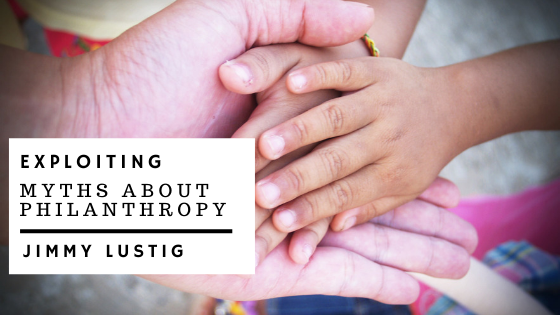Philanthropy is one of the most important parts of an American altruistic culture. However, it is also one of the most misunderstood aspects. The American understanding of philanthropy focuses on big gifts from single donors and obscures the actions of people who work from the ground up. This distorted focus encourages charitable organizations to approach giving and development in ways that arguably do not work.
American media love a big story about donations from a single person. Pointing to figures like Andrew Carnegie, Bill Gates, or Julius Rosenwald is an easy, uncomplicated story to tell. It also feels good to know that people who have made a lot of money haven’t forgotten about those who have very little. These stories make great morality tales and the men behind the donations really do make a big difference.
However, focusing on large donations from the very wealthy is not necessarily efficient. The truth is, plenty of people who live outside of the 1% give small donations that can really add up. Whether those donations come in the form of money, time or donated labor, they are all of value. For example, college students and recent graduates don’t always have a lot of money to give, but they may be able to work an internship or donate time in the development office. Cultivating those relationships can mean more donations down the line. It can also be a great way to develop new talent for the organization.
It’s also important to understand those small donations can add up. A thriving community that donates regularly can actually be a better source of donation income than a wealthy, fickle donor. Evidence for this can be seen in the Latinx community, where donations to organizations like churches and mutualists are common.
Many nonprofits also neglect to understand the data around giving. Though most Americans donate to charity annually, they do not necessarily give to the same organizations every year. Organizations also tend to believe that women give less than men, and this is often untrue. Data shows that, today, women are the higher source of income for up to two-thirds of American families. Many women are also large donors. People like Sheila Johnson and Oprah Winfrey are often left out of conversations about giving, but they give millions annually to a number of causes.
No matter the common myths that are debunked around philanthropy, the most important piece of knowledge to take away from charitable giving is that any amount, large or small, can make a difference.

